

99TravelSafe.com
The Website For The Smart and Savvy Traveler
16 - Driving Safely While Abroad
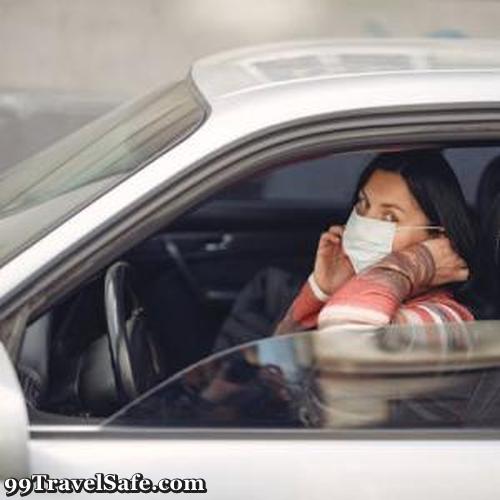

Safe Driving Abroad!

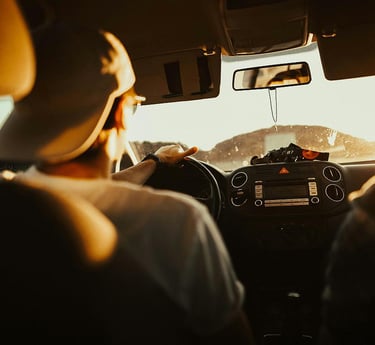
KEEP all of your attention on driving at all times – NO multi-tasking
Don’t use your phone or any other electronic device while driving!
Slow down! Speeding gives you less time to react and increases the severity of an accident
Never drive under the influence of alcohol or drugs
You must know the driving laws, license requirements and driving conditions of the country you are visiting!
Be aware of your fuel gauge to ensure you have sufficient fuel for your journey!
When you rent a car first of all check all the seat belts, child seats, tires, brakes, lights, windscreen etc.
Always let someone know where you are going, who you are going with and give them an estimated arrival time at your destination and when you expect to return
Plan your route before you set off and be sure to take a map with you. This will mean you will not have to rely upon strangers for help or direction
Consider carrying a mobile phone with you whilst driving alone. Remember to make sure your phone is fully charged and has sufficient credit before you set off
Always wear your seatbelts!
Keep doors locked while you are driving and windows shut, especially when stopping at traffic lights
Do not pick up hitchhikers along your route for any reason
Avoid shortcuts along minor routes in order to save time



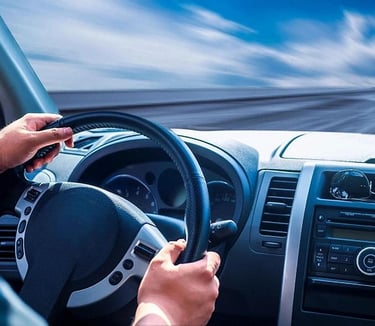
More on Safe Driving Abroad!


As much as possible, avoid driving at night!
If a passing motorist tries to warn you of something wrong with your vehicle then do not pull-in. Wait until you have reached a garage or a busy and well-lit public area and make your checks there
Don't tailgate, and don't let other drivers tailgate you!
Following too closely behind another vehicle may make it difficult for you to brake suddenly
Treat other motorists with courtesy and respect!
Know and obey local traffic laws
Use signals when appropriate
Be aware of what other drivers around you are doing
Assume other motorists will do something crazy, and always be prepared to avoid it
Keep a 2-second cushion between you and the car in front of you and 4 seconds if the weather is bad
Pull over to eat or drink. whenever necessary!
Don’t attempt to retrieve items (while driving) that fall to the car floor
Children should be always buckled in their seats
Avoid driving when you're tired or you have taken medications that cause drowsiness
Always use extreme caution when changing lanes
If you're in an accident, first make sure no one in the car is injured. Next, check on the passengers in the other vehicle, pedestrians and anyone else nearby to make sure they are all OK. Then:
-- Stay at the scene
(Leaving can result in legal consequences, like fines or additional violations)
-- Stay in the car
-- Stay calm
-- Wait for the Police (or ambulance) to arrive!
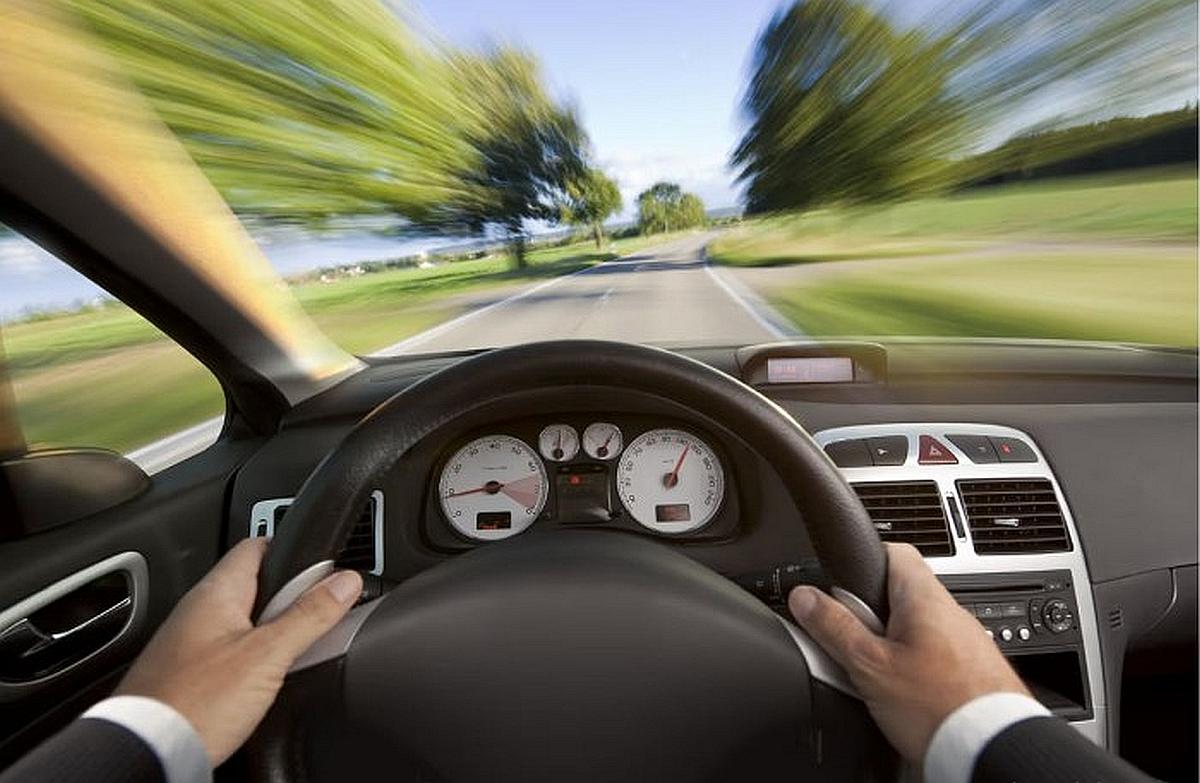

The World's Left Hand Side and Right Hand Side Driving Systems
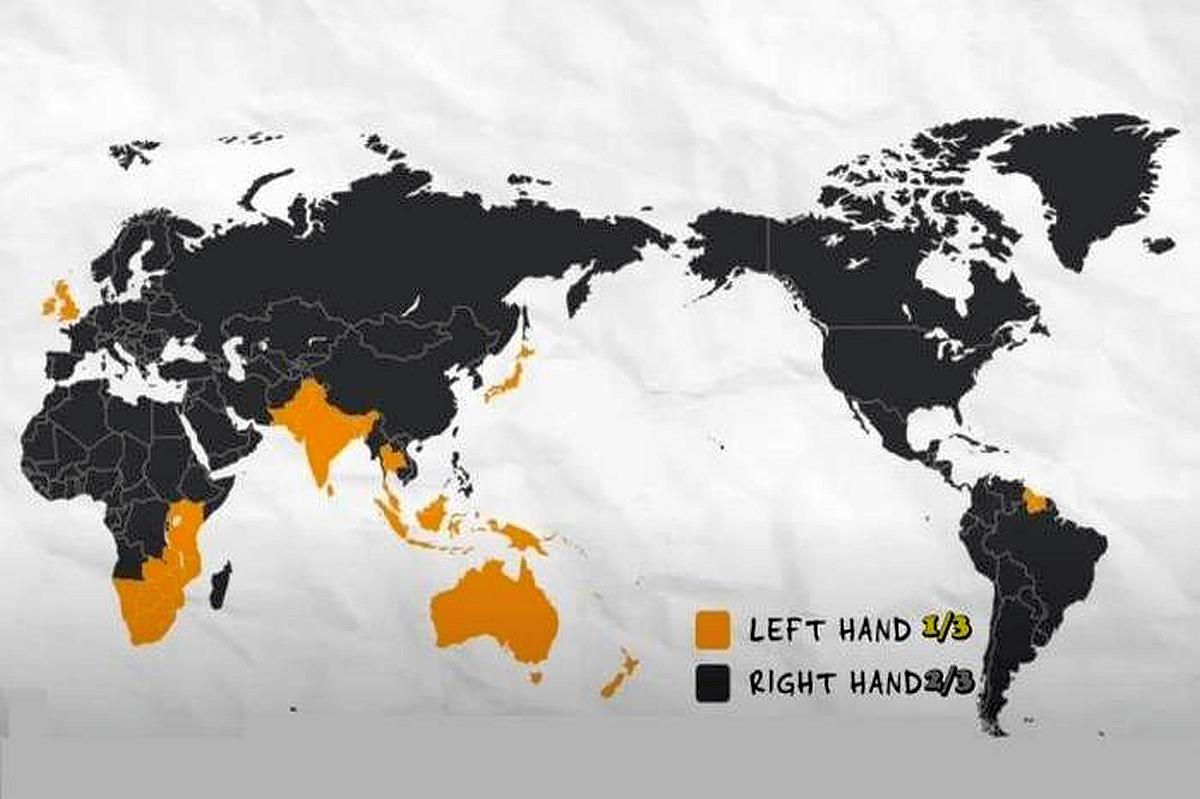

You must be aware that some countries in the world drive on the Left-Hand side of the road. These are mostly former British colonies and Japan. It takes some practice to adjust to driving on the left-hand side for those used to driving on the right. When you do this be patient, give yourself time and do a lot of practice before entering heavy traffic like shifting the gears using your left hand and overtaking from the right side. Also remember the traffic flows clockwise in roundabouts in left-hand traffic systems.
Here are a few points to note about LEFT-hand Traffic:
-- All traffic sticks to the left and cars overtake from the right.
-- Oncoming traffic comes from the right
-- Right-turning traffic must cross oncoming traffic
-- Traffic on roundabouts move clockwise
-- The vehicle steering wheel is on the RIGHT side!
Here are a few points to note about RIGHT-hand traffic:
-- All traffic sticks to the right and cars overtake from the left.
-- Oncoming traffic comes from the left
-- Left-turning traffic must cross oncoming traffic
-- Traffic on roundabouts move anticlockwise
-- The vehicle steering wheel is on the LEFT side!
How To Obtain International Driving Permit
To obtain an International Driving Permit (IDP), you must first possess a valid domestic driver's license issued by your country of residence. You then need to apply for the IDP through an authorized organization, often an Automobile Association or similar body, in your home country. The process generally involves submitting an application form, copies of your driver's license and passport, passport-sized photos, and paying the required fees.
1. Verify Eligibility and Requirements:
Age: Ensure you meet the minimum age requirement (usually 18) in your country.
Valid Domestic License: You must hold a valid driver's license from your country of residence.
Authorized Organization: Determine which organization in your country is authorized to issue IDPs. In many countries, this is an Automobile Association (like AAA in the US or CAA in Canada).
2. Gather Necessary Documents:
Application Form:
Download the IDP application form from the authorized organization's website.
Domestic Driver's License:
Provide a copy of your valid domestic driver's license.
Passport:
Submit a copy of your passport, and ensure it's valid for at least six months.
Passport Photos:
You'll likely need a few passport-sized photos (usually with a white background).
Other Documents (May Vary):
Some organizations may require a medical certificate, proof of residence, or other documents.
3. Apply for the IDP:
Online: Some organizations offer online application options.
In Person: You can usually apply in person at the authorized organization's office.
By Mail: Some organizations allow applications to be submitted by mail.
4. Pay the Fees:
IDP Fees: The cost of an IDP varies by organization and may include application fees, permit fees, and shipping costs.
Additional Fees: Expedited processing or shipping may incur additional costs.
5. Receive Your IDP:
Processing Time: The processing time can vary, from a few minutes for in-person applications to several weeks for mail-in applications.
Physical or Digital: You may receive a physical IDP card or a digital version.
Important Considerations!
Always Carry Your IDP with Your Domestic License:
The IDP is not a standalone document. You must carry it with your original driver's license when driving abroad
Validity:
The IDP is usually valid for a specific period (e.g., one year)
Check Local Laws:
It is essential to verify the specific driving regulations for the country you plan to visit
If Your Car Is Submerged in Water
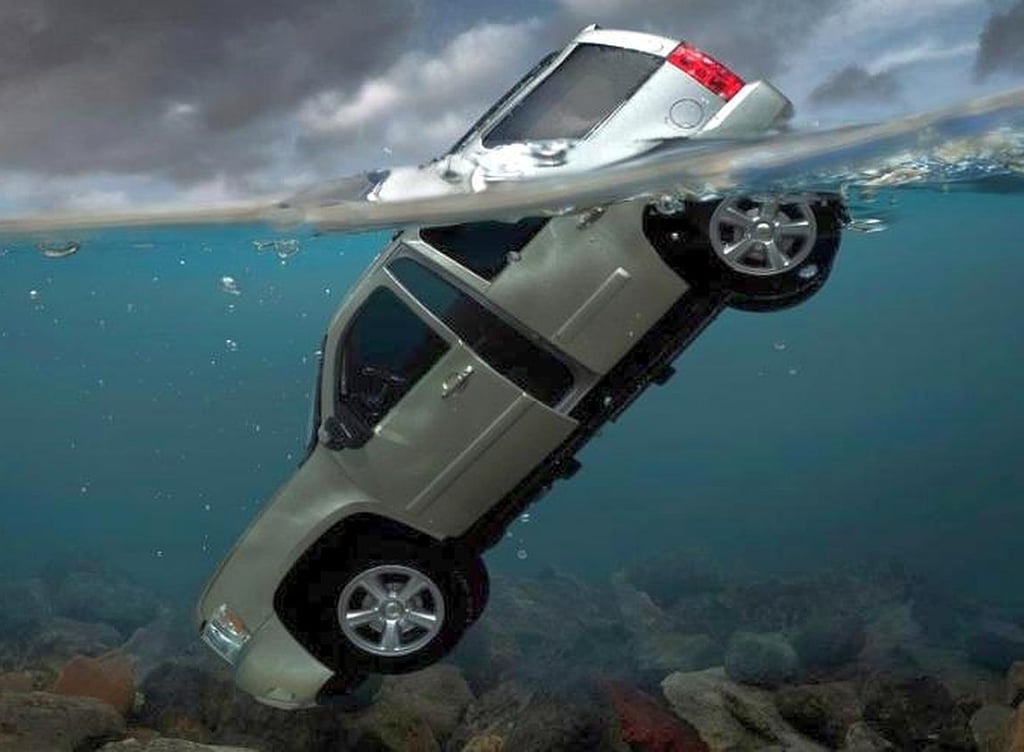

Most people who drown in submerged cars never knew what to do
If your car ever ends up underwater, don’t panic — and remember these steps!
Don’t waste time trying to open the doors
Water pressure makes them nearly impossible to push open while submerged.
Don’t roll down the windows
Rushing water will make escape even harder — and can trap you faster.
Remove the headrest
Most are detachable and can double as a window-breaking tool.
Break the back window
Use the metal tip of the headrest (or a window-breaking tool) to smash the rear windshield — it’s designed to “kick out” and is your best exit point.
Why the back window?
By design, most vehicles float rear-first. That window will be your fastest, safest way out.
Knowledge is survival!
You may never need this. But if you do — it could save your life!
